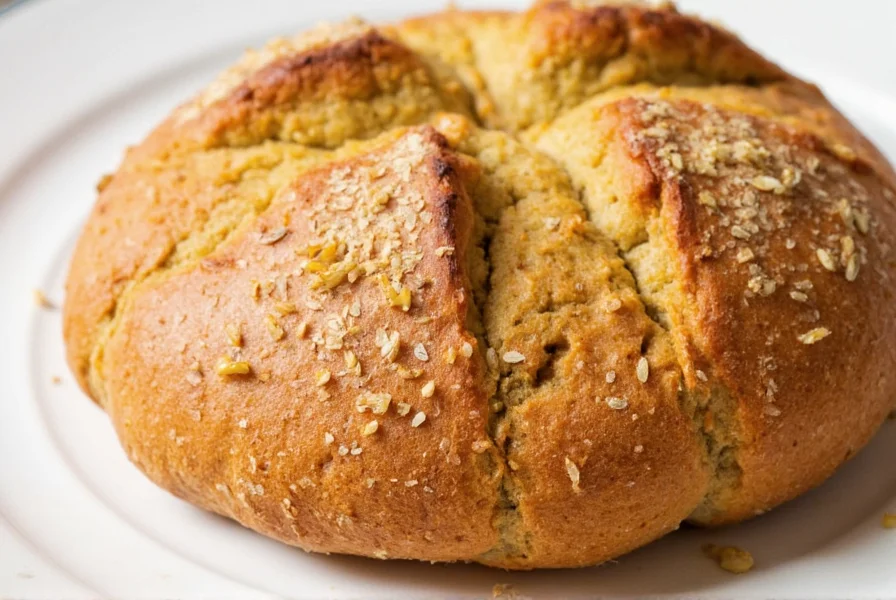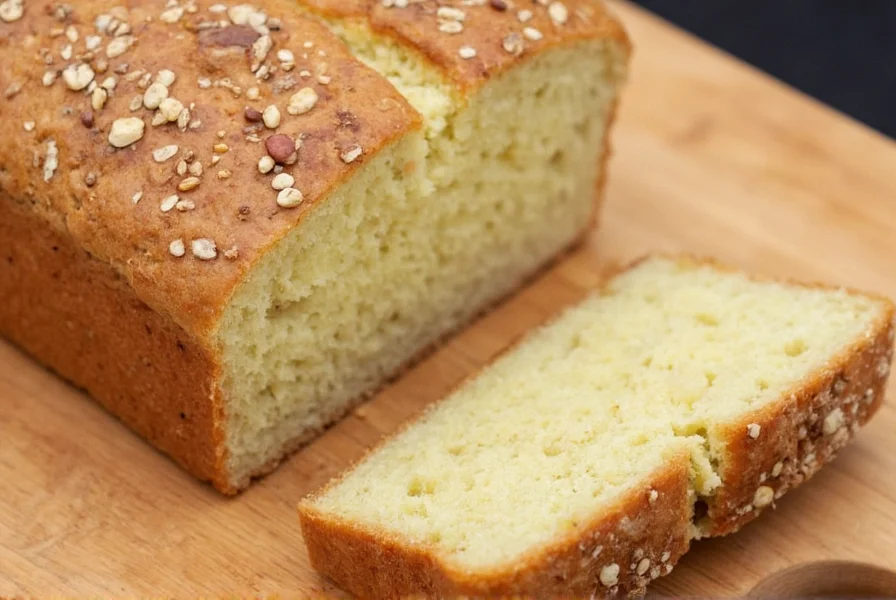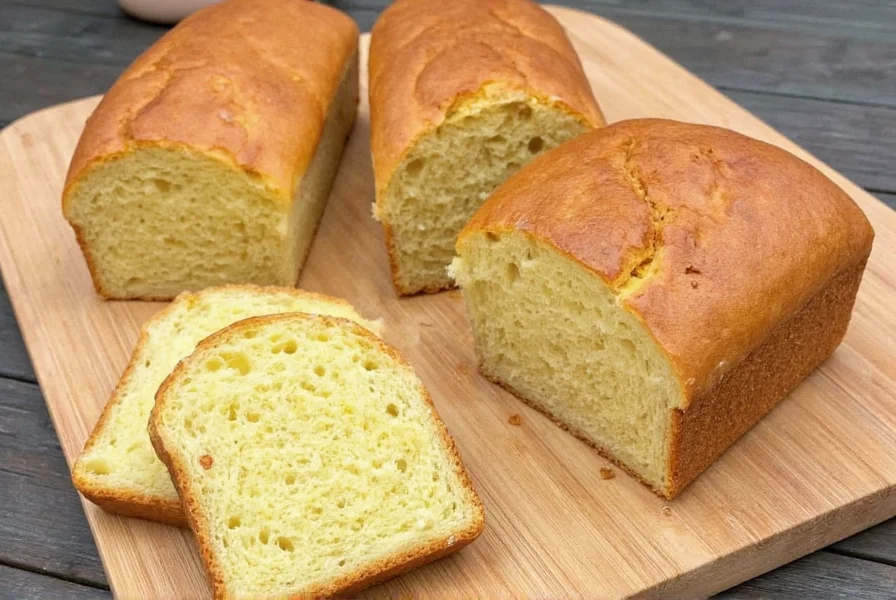Cardamom bread has captivated bakers and bread enthusiasts for centuries with its unique aromatic profile. This sweet yeast bread, distinguished by its prominent cardamom flavor, bridges culinary traditions across continents while offering a sensory experience unlike any other baked good. Whether you're encountering this spiced delight for the first time or seeking to perfect your technique, understanding its cultural significance and baking science will elevate your appreciation and results.
The Cultural Journey of Cardamom Bread
Cardamom's path to becoming a bread staple tells a fascinating story of trade and cultural exchange. Originating in the Western Ghats of India, cardamom traveled along ancient spice routes to reach Middle Eastern and Scandinavian kitchens. In Sweden, cardamom bread became so culturally significant that National Cardamom Day is celebrated every October 1st. The Armenian version, known as choereg or choreg, traditionally marks Easter celebrations with its rich, brioche-like texture.
Unlike many spice-infused breads that use cinnamon or nutmeg as primary flavorings, authentic cardamom bread relies on this queen of spices as its dominant aromatic component. The best traditional Swedish cardamom bread recipe calls for freshly ground green cardamom pods, which provide a more complex flavor profile than pre-ground spice.
Why Cardamom Works Magic in Bread
The chemistry behind cardamom's perfect pairing with yeast bread reveals why this combination has endured. Cardamom contains compounds like cineole and limonene that complement yeast fermentation byproducts. When added to dough, these compounds enhance the perception of sweetness without additional sugar, creating what bakers call "flavor layering."
Professional bakers emphasize that the timing of cardamom addition affects flavor intensity. Adding ground cardamom during the mixing stage distributes flavor evenly, while reserving some for a swirl creates concentrated bursts of flavor. For those wondering how much cardamom to put in bread, most expert recipes recommend 1.5-2 teaspoons of freshly ground cardamom per standard loaf.
| Cardamom Bread Variation | Key Characteristics | Cardamom Quantity | Special Techniques |
|---|---|---|---|
| Swedish Kardemummabullar | Soft, sweet rolls often twisted | 2 tsp per 500g flour | Dough braided before baking |
| Armenian Choereg | Rich, eggy, often with mahlab | 1.5 tsp per loaf | Three-strand braid, egg wash |
| Modern Simplified | Quick preparation, less sweet | 1 tsp per loaf | Single rise, minimal handling |
Mastering the Perfect Cardamom Bread Recipe
Creating exceptional cardamom bread requires attention to ingredient quality and technique. The best cardamom for baking bread comes from freshly cracked green cardamom pods - the difference in flavor intensity compared to pre-ground spice is remarkable. When measuring cardamom for bread, remember that 10-12 pods yield approximately one teaspoon of freshly ground spice.
For those attempting how to make cardamom bread from scratch, the dough hydration level proves crucial. Cardamom bread typically requires slightly higher hydration (65-70%) than standard dinner rolls to accommodate the spice's drying effect. Professional bakers recommend autolyse (resting flour and water before adding other ingredients) for 20 minutes to develop gluten structure before incorporating the cardamom and yeast.
One common mistake when making cardamom bread is adding the spice directly to yeast. Cardamom's essential oils can inhibit yeast activity if in direct contact, so always mix the spice with dry ingredients first. For optimal flavor development, allow the shaped dough to proof slowly in the refrigerator overnight - this extended fermentation enhances both texture and cardamom aroma.

Troubleshooting Common Cardamom Bread Problems
Even experienced bakers encounter challenges with cardamom bread. If your bread lacks pronounced cardamom flavor despite using the recommended amount, you're likely experiencing one of these common issues:
- Old or low-quality cardamom - Spice loses potency within 6 months of grinding
- Insufficient proofing time - Flavor compounds need time to integrate with dough
- Overbaking - Volatile cardamom oils evaporate at high temperatures
For those following a traditional cardamom bread recipe who find their dough too dense, check your yeast activity and proofing environment. Cardamom bread requires complete proofing until the dough springs back slowly when gently pressed - under-proofed cardamom bread won't achieve the characteristic light crumb.
Serving and Storage Recommendations
Cardamom bread reaches its flavor peak 12-24 hours after baking, as the spice notes fully develop. For optimal enjoyment, serve at room temperature with Scandinavian-style accompaniments like cloudberry jam or mild cheese. When storing homemade cardamom bread, avoid refrigeration which accelerates staling - instead, wrap tightly in beeswax wrap or store in an airtight container at room temperature for up to three days.
Freezing provides the best long-term storage solution. Slice the bread before freezing, then place parchment between slices for easy portioning. Properly frozen cardamom bread maintains quality for up to three months. For quick revival, toast frozen slices directly in a toaster oven.

Conclusion: The Enduring Appeal of Cardamom Bread
Cardamom bread represents more than just a spiced baked good - it's a culinary bridge between cultures and generations. Whether you're baking traditional Swedish kardemummabullar for fika or preparing Armenian choereg for Easter, understanding the nuances of cardamom selection, dough handling, and proofing transforms good bread into exceptional bread. The distinctive floral-citrus notes of quality cardamom create a sensory experience that continues to captivate bakers worldwide, proving that some flavor combinations truly stand the test of time.
Frequently Asked Questions
Can I substitute ground cardamom for pods in bread recipes?
Yes, but with flavor considerations. One teaspoon of freshly ground cardamom equals approximately 10-12 pods. Pre-ground cardamom loses potency faster, so use 25% more if your spice is older than six months. For authentic cardamom bread flavor, freshly ground pods provide superior aroma and complexity compared to pre-ground spice.
Why does my cardamom bread taste bitter?
Bitterness in cardamom bread typically results from using too much spice (more than 2 teaspoons per loaf) or from burnt cardamom. Cardamom contains natural compounds that become bitter when exposed to high heat for extended periods. To prevent bitterness, never exceed 2 teaspoons of freshly ground cardamom per standard loaf and avoid overbaking - remove bread from oven when internal temperature reaches 190°F (88°C).
How can I make cardamom bread without a stand mixer?
You can successfully make cardamom bread by hand using the stretch-and-fold technique. After initial mixing, perform four sets of stretch-and-folds at 30-minute intervals during the first rise. This develops gluten structure without kneading. For traditional Swedish cardamom bread recipe adaptation, reduce hydration slightly to 62% to make hand mixing easier while maintaining proper texture.
Does cardamom bread contain dairy or eggs?
Traditional Swedish cardamom bread (kardemummabullar) typically contains milk but not eggs, while Armenian choereg is a richer, eggy bread. Many modern variations are dairy-free using plant-based milk. Authentic cardamom bread recipes vary by region - Scandinavian versions tend to be simpler with milk, yeast, flour, sugar and cardamom, while Middle Eastern versions often include eggs and additional fats.
What's the best way to grind cardamom for bread?
For optimal flavor in cardamom bread, use a dedicated spice grinder or mortar and pestle. First, remove seeds from pods by gently crushing pods and separating black seeds from fibrous husks. Grind only the seeds, not the husks, as they can impart bitterness. For the most aromatic homemade cardamom bread, grind immediately before incorporating into your dough - pre-ground cardamom loses 50% of its volatile oils within 30 minutes.











 浙公网安备
33010002000092号
浙公网安备
33010002000092号 浙B2-20120091-4
浙B2-20120091-4